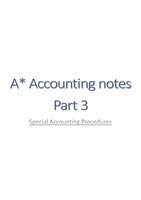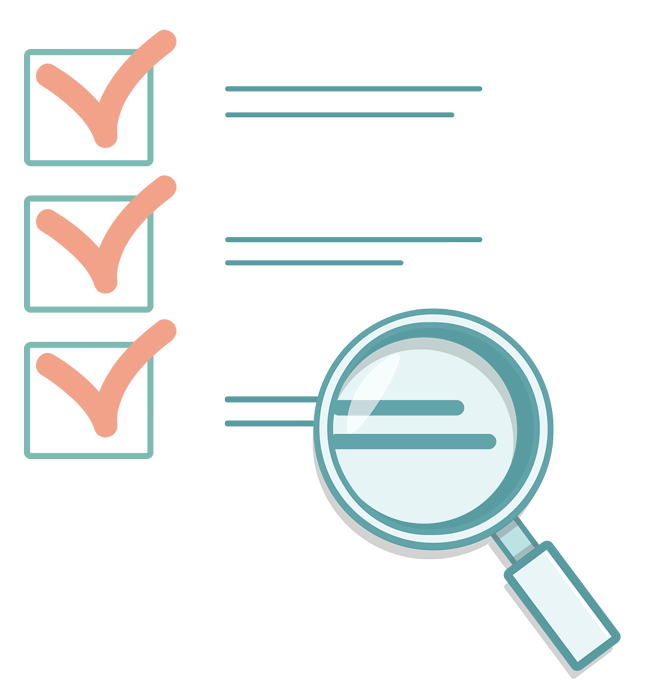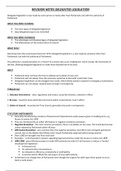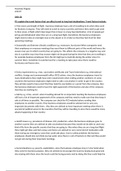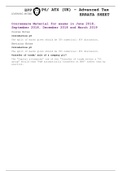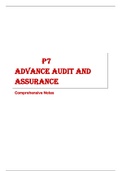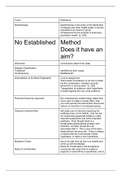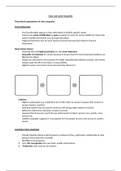Summary
Summary IGCSE/ O-LEVEL A* Accounting Notes (Part 3)
- Course
- Institution
A* comprehensive accounting notes covering a detailed write-up on the special accounting procedures. Furthermore, the notes includes the format of the Manufacturing Account, Current Account, Profit & Loss Appreciation Account, Company Balance Sheet and etc. This notes was written to provide student...
[Show more]
